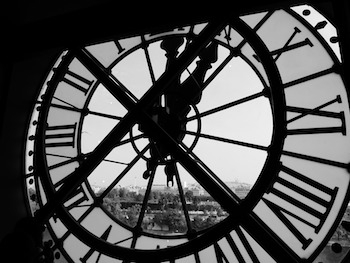Product Description
Tiffany & Co. “Atlas” ring, 18K gold, signed, 1995 (left) & Fred, Paris ring, 24K gold and platinum, signed, c. 1970’s (right)



Tiffany & Co. “Atlas” ring, 18K gold, signed, 1995 (left) & Fred, Paris ring, 24K gold and platinum, signed, c. 1970’s (right)
TIM LIDDY (b. 1963) Missouri
Tim Liddy, “Learn to Design” Kit with Charles and Ray Eame, Presented by Herman Miller Furniture Company, Zeeland, Michigan, Set pieces are moulded by Zenith Plastics Co., Gardena, California
Signed: Tim Liddy (red circle), To Everyone at HD! 2012
With his recent paintings, Liddy has both reasserted the construct of hyperrealist painting and developed a thoroughly unique advancement of that mode by extending the cultural reality of the indexed original. Based on the illustrated box lids of vintage board games, Liddy has recontextualized a subject, which evokes the underlying rules of life. Painted on copper or steel in the precise dimensions of the original, the metal is then manipulated to demonstrate the exact rips and tears from years of usage and includes trompe-l’oeil renditions of the scotch tape that might be holding the cardboard box together, the assorted stains, or the various graffiti of time. Liddy leaves no possibility of ambivalence, these works speak to a concurrent understanding of their original object identity and to themselves as works of art engaged in historical and psychological dialogue.
GERRIT V. SINCLAIR (1890-1955) USA
Town along Railroad c. 1942
Oil on board, gilt frame
Signed: GV Sinclair (lower right corner on front of painting)
For more information see: Who Was Who in American Art (Madison, Conn.: Sound View Press, 1985) p. 571.
Painting H: 15” x W: 20”
Framed H: 20 7/16” x W: 25 7/16”
Price: $29,500
Gerrit V. Sinclair was born in Grand Haven, Michigan in 1890. He studied art at the School of the Art Institute of Chicago from 1910 to 1915. His most well known teachers at the Art Institute were John Vanderpoel and John Norton. In 1917 the artist enlisted in the Army Ambulance Corps and served in northern Italy and Austria. Scenes from his experience abroad are recorded in his works of the early 1920s. Following the war, Sinclair settled in Milwaukee, Wisconsin, where he became a member of the faculty of the Layton School of Art upon the school’s founding in 1920. He continued to teach at the Layton School and at the Oxbow Summer School of Art in Saugatuck, Michigan until his retirement in 1954. Sinclair is recognized both as an important artist and teacher from the Great Lakes region. During his lifetime Sinclair’s paintings were exhibited at the Salon d’Automne in Paris, the Salon Printemps in Paris, the Pennsylvania Academy of Fine Arts, the National Academy of Design, the Whitney Museum in New York, the New York Watercolor Club, the Brooklyn Museum, the Corcoran Gallery of Art in Washington D.C., the Carnegie Institute in Pittsburgh, the Art Institute of Chicago and in many other museums and galleries. He received numerous prizes and commissions for his work including a W.P.A. mural commission for the Federal Building in Wassau, Wisconsin. Sinclair was a member of Wisconsin Painters & Sculptors, Wisconsin Federation of the Arts and the Wisconsin Painting Museum. His style is a blend of realism and Impressionism but is clearly modern in its abstract concern for composition and color. Sinclair is best known for his regionalist paintings of rural and urban Wisconsin. His farm scene entitled ”Spring in Wisconsin” was exhibited at the 1939 World’s Fair in New York. Gerrit V. Sinclair died in Milwaukee, Wisconsin in 1955.
